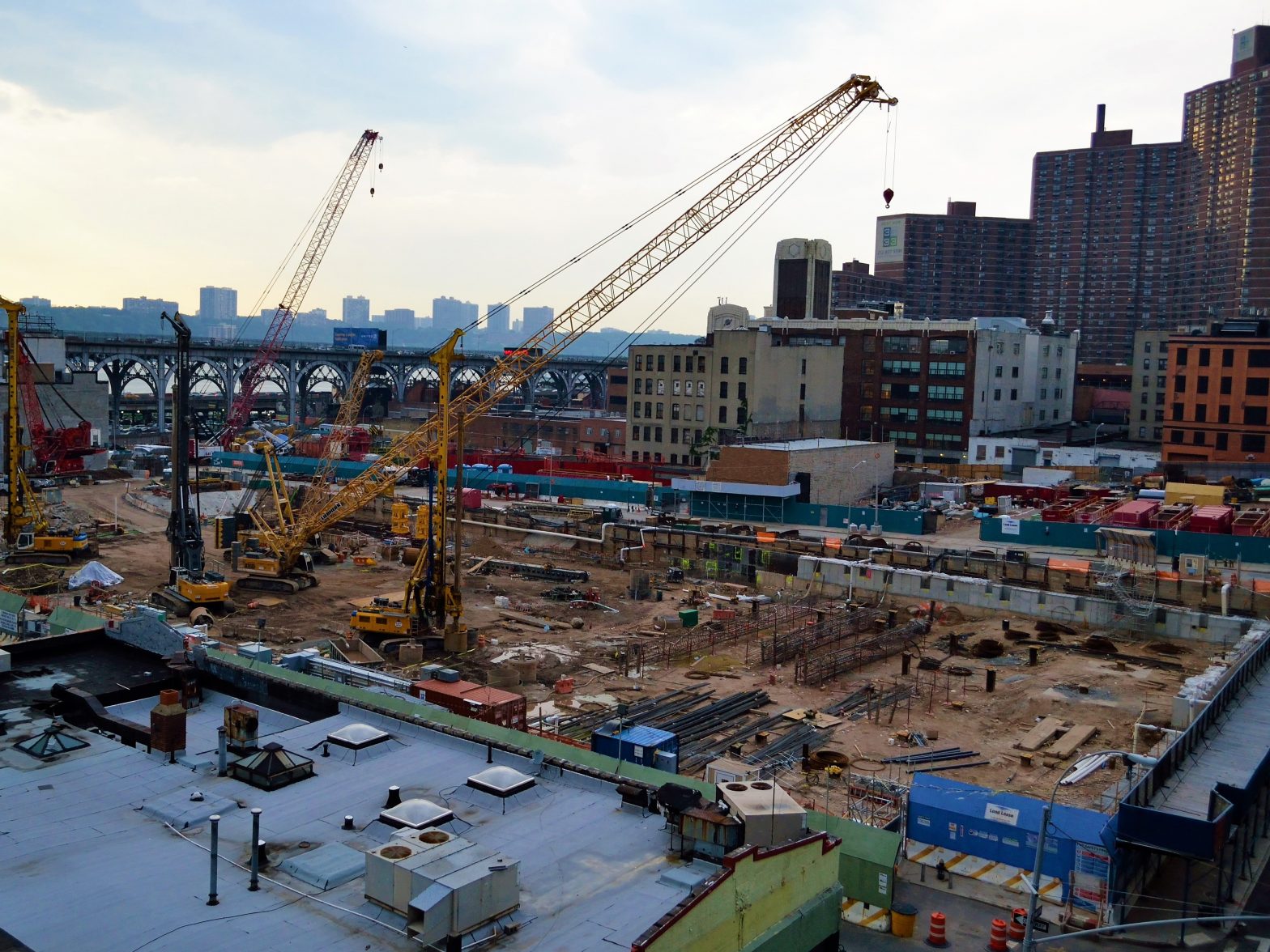 Peer review is a useful but underutilized tool for risk management in design and construction. A peer review is an independent evaluation of some aspect of a project by a professional with relevant knowledge and experience. The objective of a peer review might be quality assurance, compliance with applicable codes, standards and best practices, economy, constructability or risk management.
Peer review is a useful but underutilized tool for risk management in design and construction. A peer review is an independent evaluation of some aspect of a project by a professional with relevant knowledge and experience. The objective of a peer review might be quality assurance, compliance with applicable codes, standards and best practices, economy, constructability or risk management.
Fundamentally, a peer review brings fresh perspectives and approaches to a problem, which may come from the reviewer working in a different geographic region or market sector, or just from a different organizational process and culture in a peer firm. The reviewer might be a subject matter expert in the subject of the review. The peer reviewer may be able to provide a “second opinion” or synthesize their knowledge and experience with that of the original designers to develop project-specific solutions that improve performance, or reduce cost and risk. The reviewer’s analysis of a project and resulting feedback can provide the sort of “outside view” that helps avoid the effects of bias and “groupthink“.
Several applications of peer reviews are probably familiar to you. Under certain circumstances, building codes may require peer reviews or at least make them expedient. Jurisdictions that perform plan reviews may allow an applicant to use a so-called third party review – essentially a peer review – to expedite the permitting process. Peer review may be required by a jurisdiction when performance-based design is employed. Some jurisdictions, like New York City, require peer reviews of the structural design for more complex projects. The review of delegated design submittals by the design professional of record may take the form of a peer review of sorts. Even when not required by codes and standards or construction contracts, peer reviews can be valuable. However, they are not commonly used on routine projects. Consequently, opportunities to improve performance, reduce cost and manage the risk of these projects are missed.
All construction projects always involve sizeable investment and risk of construction difficulties, unmet user expectations, and adverse impacts on third parties. The manifestations of these risks can lead to increased cost and liabilities and diminished performance, likely affecting the return on investment. Nonmandatory peer reviews provide value when they result in a greater reduction in risk than they cost. Many routine projects have elevated risk factors – subsurface conditions, existing structures and urban site constraints, among other factors – where this threshold can be met.
Ordinarily, a peer review can provide the most value early in the design development process before irrevocable commitments to project concepts have been made. Sometimes as the project progresses, it can become more difficult and complex than originally envisioned, and revisiting key assumptions, parameters and early decisions is warranted to improve the likelihood that project objectives will be attained. This situation presents another application for peer review. In this case, the fresh ideas and detached perspective of the peer reviewer can help identify and mitigate troublesome aspects of the project. This exercise can form the basis for a more detailed value engineering process to implement the recommendations of the peer reviewer.
Peer reviews can be particularly useful if a project is novel or is unusually complicated relative to the design team’s experience or has undergone numerous changes. Typically, a peer review should not typically be adversarial, especially if the reviewer and original designer are retained by the same client. That notwithstanding, these situations might benefit by something like a “red team” exercise in which assumptions are vigorously interrogated and risks are identified aggressively.
The design and construction of the project are suited to the interests and risk profiles of the owner, designers and contractors. This may result in costs or risks being imposed on third parties without their knowledge or consent. There are often stakeholders to construction projects that are outside the organizational framework defined by the lines of contract among the owner, contractors, design professionals and others involved in the project. These third-party stakeholders may have interests, rights and risk exposure concerning how the project is designed, constructed and operated. A few common scenarios in construction that create third party stakeholders are:
- An owner may need a license from an abutter to access work or protect the abutter’s properties.
- An insurance company may be responsible for funding repair work performed by their insured or a third-party claimant.
- A tenant renovates their space in an owner’s building or an owner builds out a space for a tenant.
- A utility, transportation operator or public authority may be permitted by law to review adjacent construction projects for potential impacts.
In each of these scenarios and others like them, the third party may have a right to engage design professionals to review the design and construction plans for the project and even require additional information and design changes. A peer review performed for the third party stakeholder can identify those risks in advance, allowing the stakeholder to negotiate changes or implement their own risk control and mitigation measures. Such an arrangement may appear and may, in fact, be quasi-adversarial. However, the opportunities for enhanced communication and risk reduction presented by a third party peer review can reduce conflict by identifying issues early and providing a framework for resolution.
Not surprisingly, the largest barrier to the more widespread use of peer reviews is cost. The cost of a nonmandatory peer review is usually clear while the benefit may not be. At the same time, owners, contractors and design professionals are often overconfident. They approach the early stages of the project with optimism and fail to recognize risks and their own limitations. In addition, some design professionals are defensive about having their work reviewed by another professional. Some even go to the extreme of trying to unlawfully transfer a portion of their professional responsibility for the project to the peer reviewer. Contractors are also often unwilling to disclose their plans in advance to another party. Therefore, it may be imperative for the project owner to champion the peer review process, especially if they are the primary beneficiary.
A peer review may be required by a building official or regulator, but there are circumstances in which a peer review is not mandatory, but can useful. For routine projects, they can be used to improve the performance or reduce the cost or risk arising from project-specific risk factors. They can also be used to protect and reduce conflict with third party stakeholders. In these cases, peer reviews are an underutilized tool that may yield a high return on investment.
The information and statements in this document are for information purposes only and do not comprise the professional advice of the author or create a professional relationship between reader and author.
